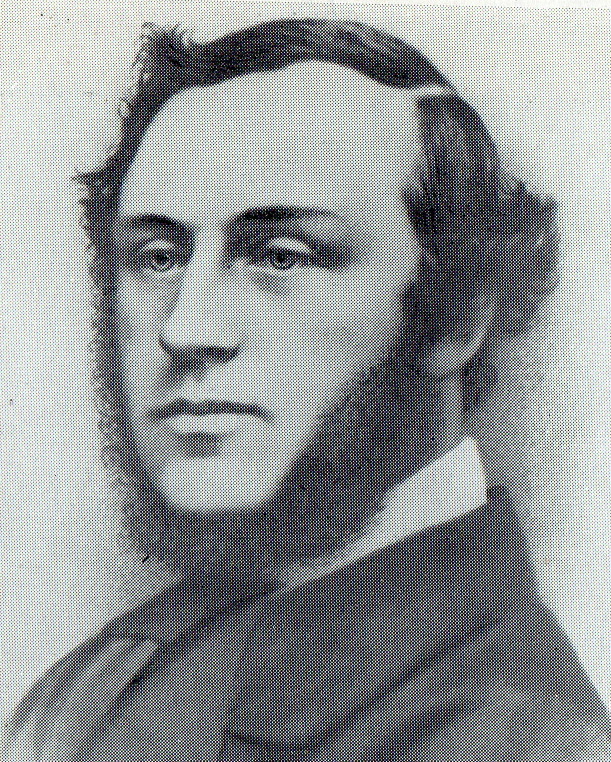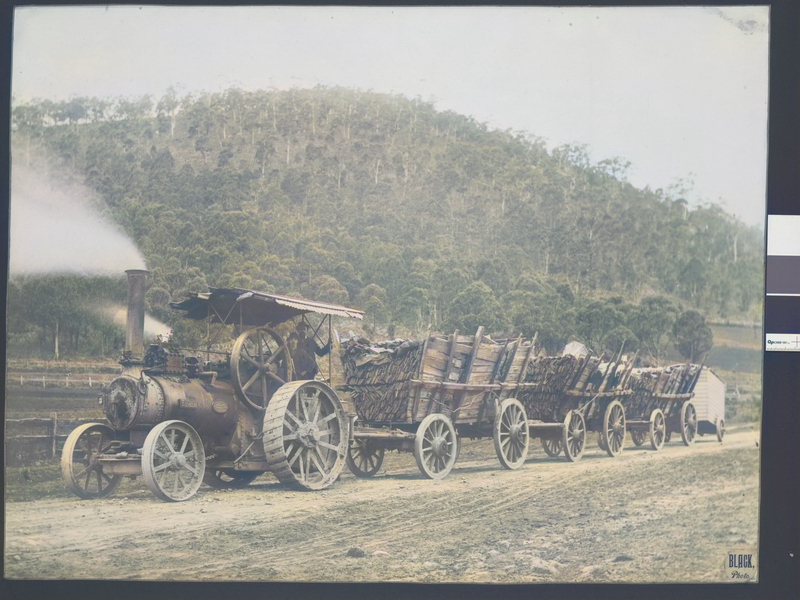
John Fowler (1826-1864)
On July 11, 1826, English agricultural engineer John Fowler was born. He was a pioneer in the use of steam engines for ploughing and digging drainage channels. His inventions significantly reduced the cost of ploughing farmland, and also enabled the drainage of previously uncultivated land in many parts of the world.
The Son of a Wealthy Quaker Merchant
John Fowler was born in Melksham, Wilts, UK, the son of a wealthy Quaker merchant and followed his father’s wishes to work for a local corn merchant after school. However, around 1847, Fowler is believed to have joined the engineering firm of Gilkes Wilson and Company of Middlesbrough. The company was involved in building steam locomotives and colliery winding engines. During a visit in Irland around 1849, Fowler noticed that the Irish agriculture depended on the potato crop whilst much of the land was uncultivated due to poor drainage and he was quickly convinced that there must be a way of bringing more land into production. After returning to England, Fowler proceeded to develop a horse-powered ploughing engine that would dig drainage channels.
Improving the Horse-Powered Ploughing Engine
John Fowler managed to demonstrate his engine at a meeting of the Royal Agricultural Society of England at Exeter in 1850 and his invention was awarded a silver medal and was reported as “altogether the most important feature of the exhibition“. After some further development, Fowler changed his design so that the horse engine remained stationary at the corner of the field. The team of horses drove a vertical winch around which a rope was wound. He demonstrated the improvement at the Great Exhibition in 1851 and at the Royal Agricultural Society of England meeting at Gloucester two years later.[3]
The Steam Engine Driven Ploughing Machine
After a while, Fowler wanted to apply steam engines on his drainage plough. In 1852, he designed a steam engine with a winch mounted out in front of the smoke box and a rope running from it, round a pulley anchored at the far side of the field and back to the engine. The engine pulled itself across the field, dragging the mole plough behind it. Unfortunately, the experiment failed because the engine was too heavy. However, he received his patent for “Improvements in Machinery for draining land” which is believed to be one of the first patents for the use of steam power in agriculture. Fowler’s second horse-driven plough consisted of a steam engine placed in a corner of the field driving a winch. A rope led from the winch along the side of the field, around a securely anchored pulley and across the field to the mole plough. As the winch drew in the rope the mole plough was drawn across the field digging a drainage channel as it went. The steam plough was demonstrated at the Royal Agricultural Society of England meeting at Lincoln in 1854.
Further Improvements
In order to make the steam engine work for regular ploughing, Fowler had to make sure to build a plough that could plough in either direction without having to be turned round. In 1856 Fowler filed a patent relating to a method of ploughing using two self-moving engines, placed at opposite ends of the field and each using a winch to draw a plough backwards and forwards between them. This system did away with the need for pulleys and anchors, but was more expensive in that it required two engines, only one of which was working at a time. It is believed that Fowler persevered with his single-engine ploughing system because it was cheaper and he saw it as more affordable for average farmer. Eventually the double-engine ploughing method superseded the single-engine system that had won the prize at Chester. Because of its expense it was normally operated by contractors. At the first trial, at Nacton one acre was ploughed in an hour. After further improvements, Fowler’s work was presented to the Royal Agricultural Society of England and became a good success in the following years. Between 1850 and 1864 Fowler took out in his own name and in partnership with other persons thirty-two patents for ploughs and ploughing apparatus, reaping machines, seed drills, traction engines, slide valves, the laying of electric telegraph cables, and the making of bricks and tiles.

Steam traction engine at Mt Warrenheip near Ballarat
John Fowler and Company
In 1862, John Fowler formed a partnership with the firm of Kitson and Hewitson of Leeds and they founded Hewitson and Fowler based at Hunslet, Leeds. After the death of Hewitson, the firm became ‘John Fowler and Company‘. Fowler’s ploughing sets were sold all over the world and were responsible for bringing land into production that was previously unable to be cultivated.
Early Death
Fowler had worked so hard in developing his ideas that he had undermined his health. He was advised to take more rest and so he retired to Ackworth in Yorkshire, to recuperate. He was persuaded to take up hunting as a way of getting exercise and whilst out with the hunt he had a fall and sustained a compound fracture of his arm. Whilst recovering from this mishap, he developed tetanus and died on 4 December 1864, in Ackworth, Yorkshire, at age 38 only.
John Fowler: Melksham born, inventor and engineer, [6]
References and Further Reading:
- [1] John Fowler at Today in Science
- [2] John Fowler at The Farmers Magazine by James Ridgeway
- [3] The Great Exhibition and the Crystal Palace, SciHi Blog
- [4] John Fowler at Wikidata
- [5] Fowler, John. In: Encyclopædia Britannica. 11. Auflage. Band 10: Evangelical Church – Francis Joseph I.. London 1910, S. 760
- [6] John Fowler: Melksham born, inventor and engineer, Produced for British Science Week by Melksham Library Staff., Wiltshire Libraries @ youtube
- [7] Rolt, L.T.C., “Great Engineers”, 1962, G. Bell and Sons Ltd
- [8] Timeline of Agricultural Engineers, via DBpedia and Wikidata






Pingback: Whewell’s Gazette: Year 3, Vol. #48 | Whewell's Ghost